
Minimalism in Painting: Essence of the Style, Characteristics, History, Minimalist Artists
Minimalism, or minimal art, is a broad movement in art that emerged in the 1960s. Minimalist artists rejected compositional and chromatic complexity, the layering of images, detailing, and subjectivity. Minimalism is characterized by a maximal (which sounds like a pun!) pursuit of simplicity.
The Birth of the Minimalist Style
Kazimir Malevich and his "Black Square" can be rightfully considered the forerunners of minimalism in painting. Here, he reached the apex of color and form simplification. Nevertheless, the "Black Square" is a suprematist work, as, in addition to its external form, one must also consider the conceptual and philosophical component of the artwork. Minimalism as an independent style took shape much later, in the 1960s, in New York.
Russian Constructivism had a significant influence on the artists who created this movement. Art historians also note the influence of Dadaism, Formalism, geometric abstraction, and Pop Art.
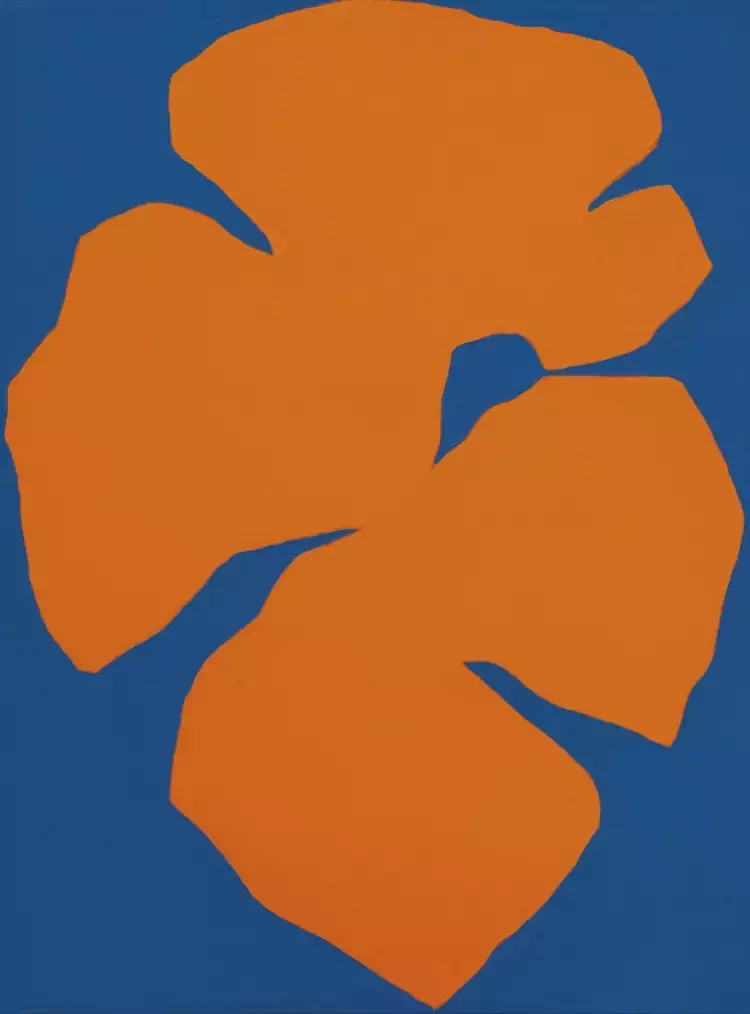 Minimalism. Ellsworth Kelly. Orange Blue
Minimalism. Ellsworth Kelly. Orange Blue
Interestingly, this new direction was not just a development of minimalist ideas that had been expressed earlier. Minimal art emerged as a protest against the abstract expressionism of the 1940s and 1950s. Minimalists decided to purify abstractionism from expression, emotion, subjectivity, chaotic elements, and complexity of forms. They regarded their art as objective.
The name for this new trend was coined by the British art historian Richard Wollheim (Richard Arthur Wollheim).
Expressive Features of Minimalism
Minimalist artists aimed to convey the essence of depicted objects by eliminating anything that, in their view, distracted from the main focus.
The conceptual characteristics of the style include:
- Simple geometric shapes (dominated by straight lines and cubic constructions).
- Simple color palette (artists sought to use pure colors).
- Pursuit of monochromatic simplicity.
- Compositional conciseness.
- Desire to blur the boundaries between painting and sculpture (in its most succinct manifestations).
- Geometrical strictness and symmetry (an optional but typical condition).
- Inclination toward abstraction.
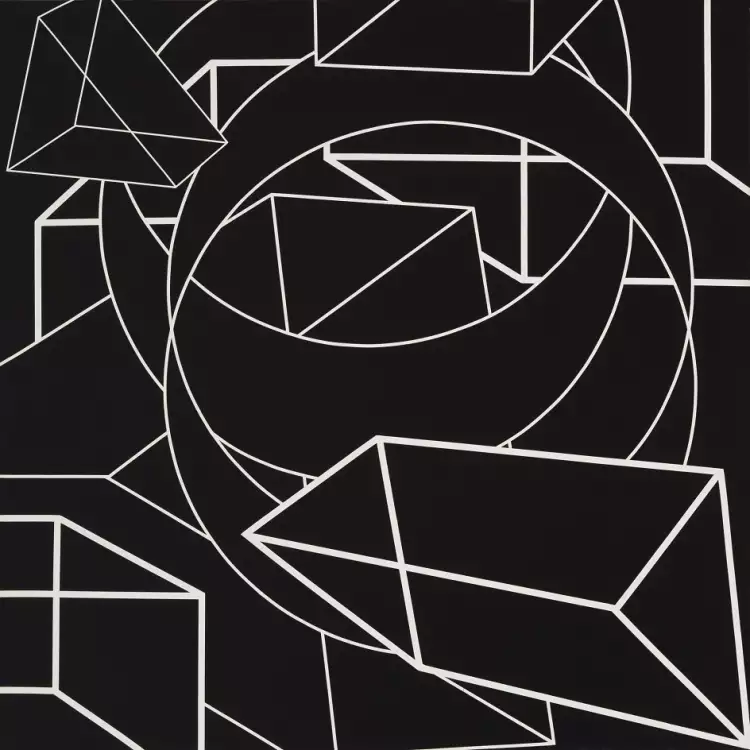 Minimalism. Al Held. Flemish VII
Minimalism. Al Held. Flemish VII
Prominent Minimalist Artists
Most significant figures in minimalist painting are American artists. An influential figure in this movement is Al Held, renowned for his gigantic geometric paintings with a bright and aggressive palette.
Frank Stella is known for his distinct geometricism. His unique creative manifesto became the series of "Black Paintings" in which the background is divided by delicate lines that thin out and dissolve.
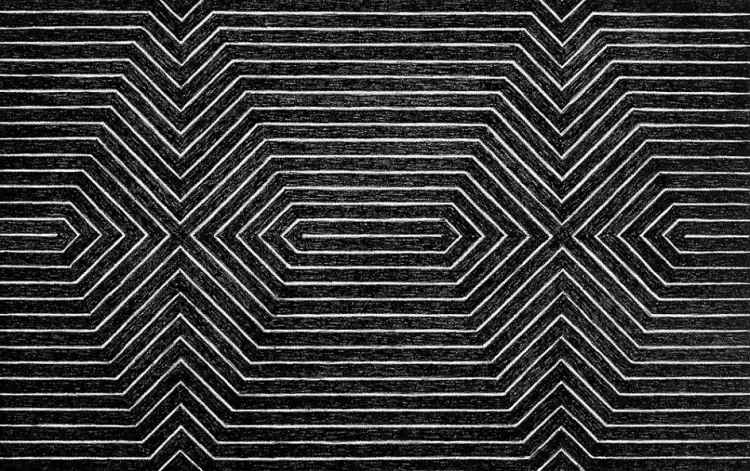 Minimalism. Frank Stella. The Black Paintings Series
Minimalism. Frank Stella. The Black Paintings Series
Kenneth Noland transitioned from abstract expressionism to a more minimalist style, but echoes of expression persist in his works. The circles of color are often framed by emotional splashes of paint.
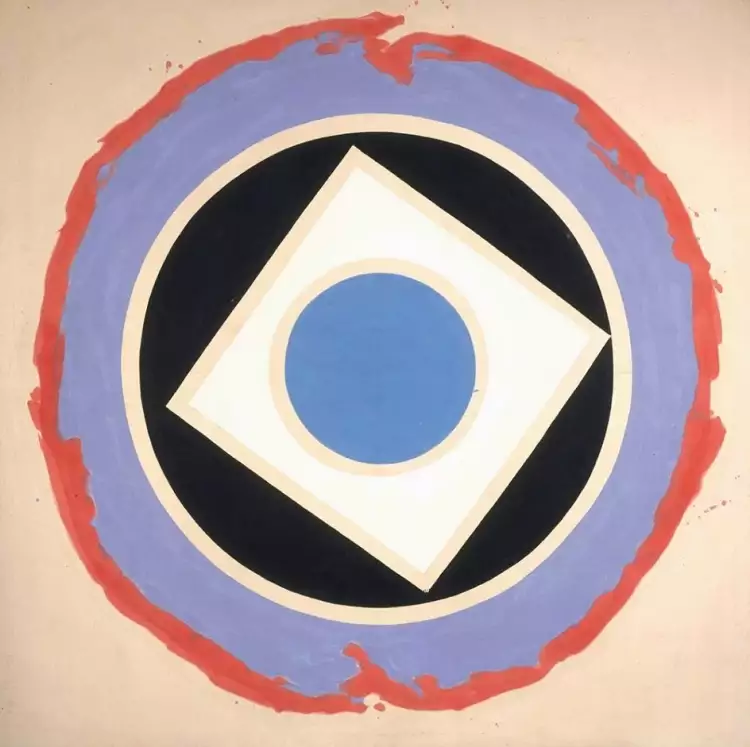 Minimalism. Kenneth Noland. Crack, 1959
Minimalism. Kenneth Noland. Crack, 1959
Ellsworth Kelly extensively used vibrant, intense colors and favored figures with sharp contours, sometimes making them collide. Kelly also experimented with monochrome, producing works in black and white.
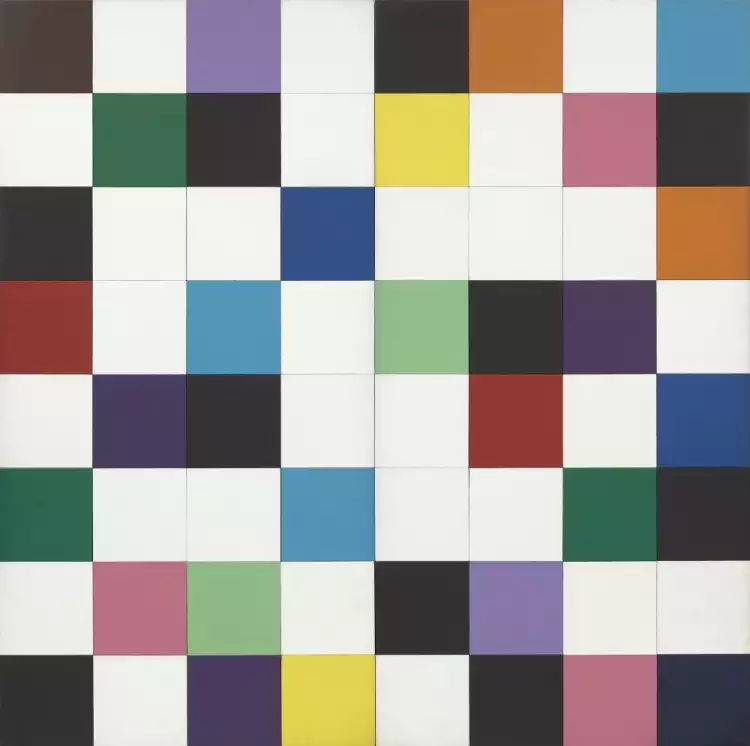 Minimalism. Ellsworth Kelly. Colours for a big wall
Minimalism. Ellsworth Kelly. Colours for a big wall
Outside the United States, perhaps the most famous minimalist is Yves Klein. The motto of this French art innovator was, "For color! Against line and drawing!" In 1957, he exhibited eleven monochromic paintings, all done in his favorite shade of blue. In 1962, he offered his response to Malevich: IKB.
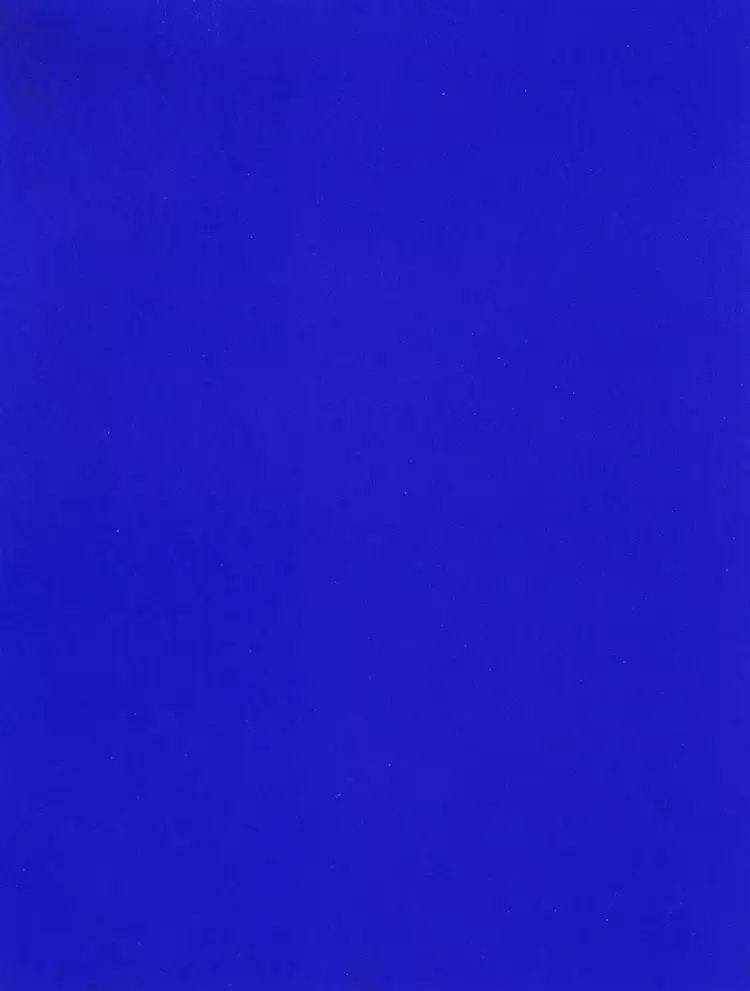 Minimalism. Yves Klein. IKB, 1962
Minimalism. Yves Klein. IKB, 1962
What thoughts did Klein want to convey with this blue rectangle? The abbreviation in the title stands for International Klein Blue - a paint patented by Klein. According to Yves Klein, all other shades evoke numerous associations, and only blue reflects the most abstract essences in the world - the sky and the sea.
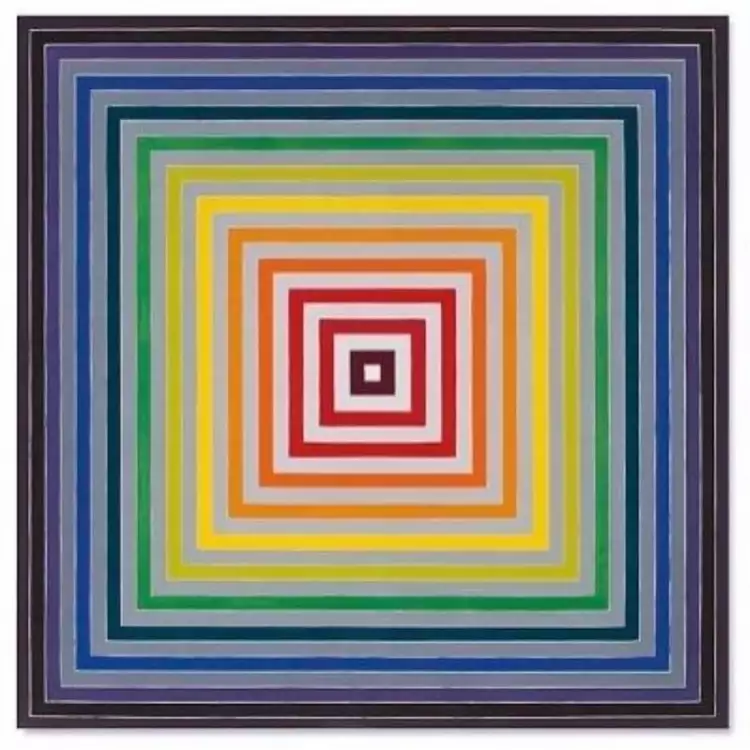
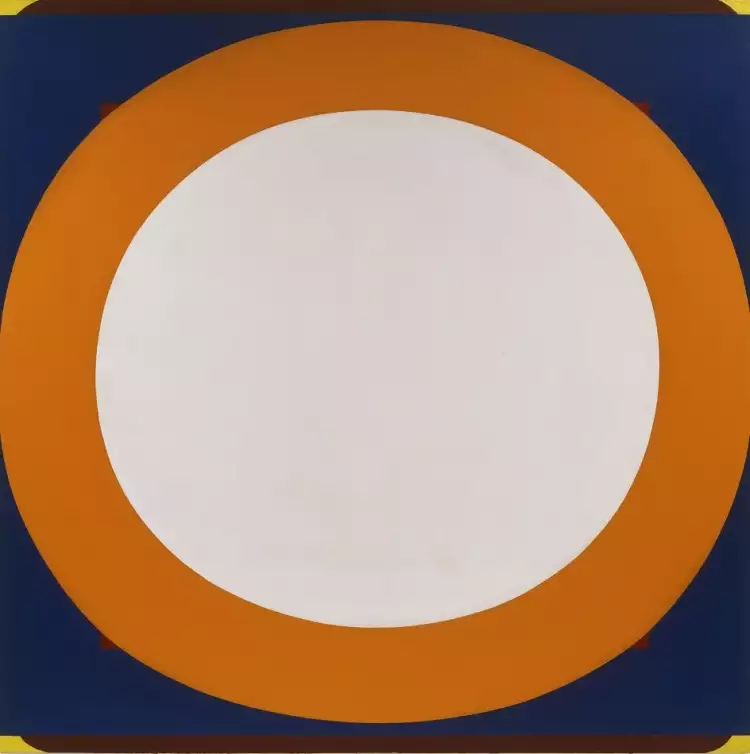
 Birmingham silver - the beauty and elegance of small forms
Birmingham silver - the beauty and elegance of small forms 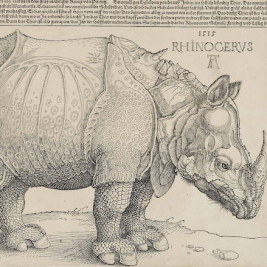 The engraving "Rhinoceros" by Albrecht Dürer - Europe's acquaintance with a curious beast
The engraving "Rhinoceros" by Albrecht Dürer - Europe's acquaintance with a curious beast  Claude Monet: biography, artwork, best paintings of the French Impressionist artist
Claude Monet: biography, artwork, best paintings of the French Impressionist artist 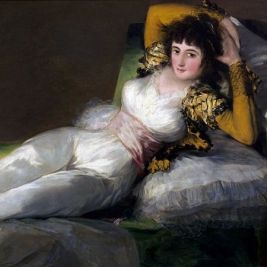 The painting "The Clothed Maja" by Francisco Goya is a delightful Spanish commoner in a provocative attire
The painting "The Clothed Maja" by Francisco Goya is a delightful Spanish commoner in a provocative attire  Caspar David Friedrich is the most famous and melancholic romanticist of German painting
Caspar David Friedrich is the most famous and melancholic romanticist of German painting  The painting "The Bronze Serpent" by Fyodor Bruni is an interpretation of an Old Testament story by a great master
The painting "The Bronze Serpent" by Fyodor Bruni is an interpretation of an Old Testament story by a great master  Watercolor - the airy lightness of the rainbow: types, techniques, history
Watercolor - the airy lightness of the rainbow: types, techniques, history 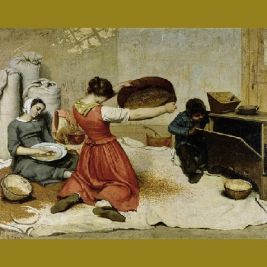 Realism - the art of portraying life in all its manifestations truthfully
Realism - the art of portraying life in all its manifestations truthfully 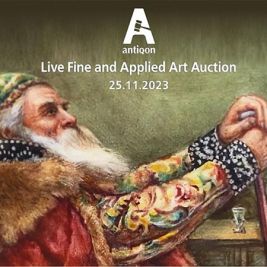 Live Fine and Applied Аrt Auction No.8 of the Antiqon trading platform
Live Fine and Applied Аrt Auction No.8 of the Antiqon trading platform 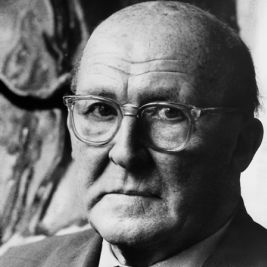 An entangled world Willi Geiger
An entangled world Willi Geiger